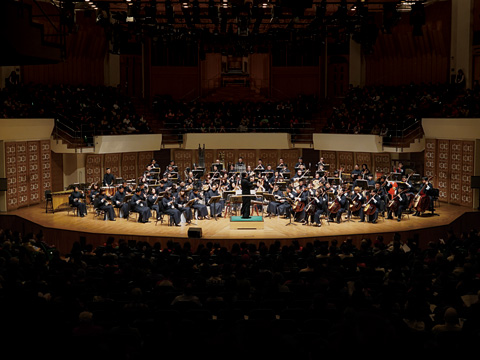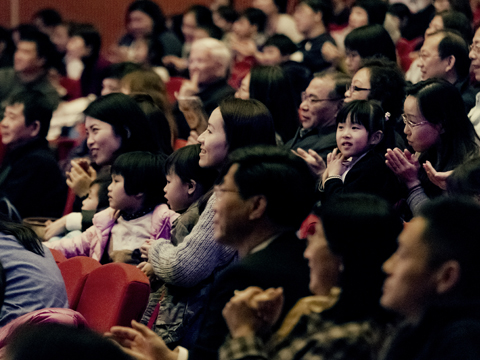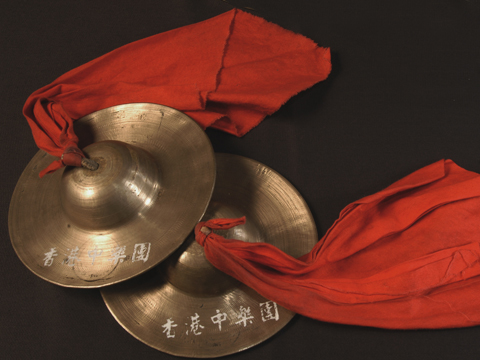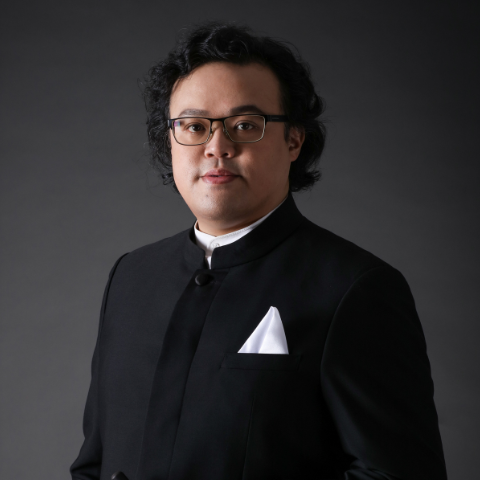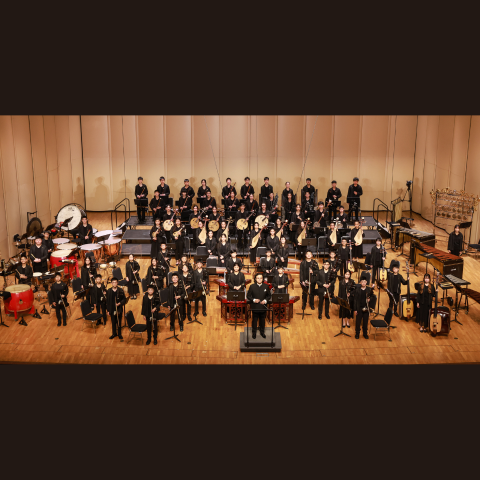
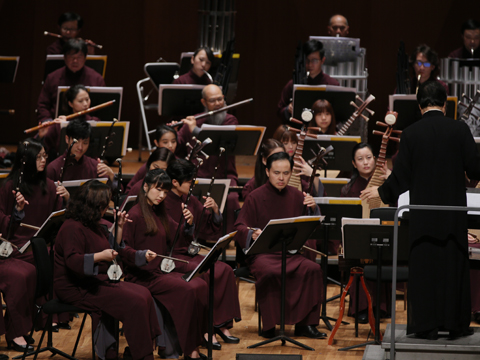
HKCO
Hong Kong Chinese Orchestra Orchestra Members Artistic Director and Principal Conductor for Life Council Advisors & Artistic Advisors Council Members Management Team Vacancy Contact Us (Tel: 3185 1600)

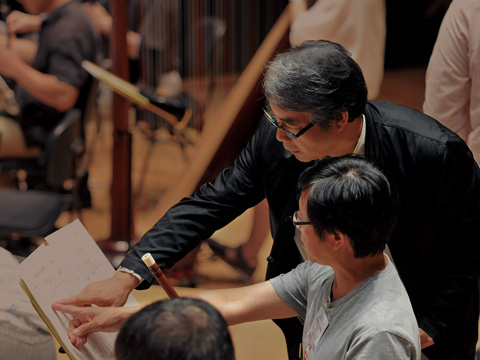
What's On

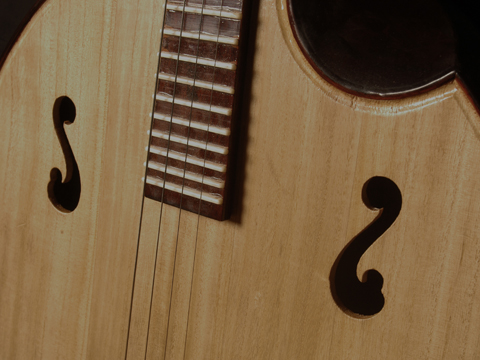
Education
The HKCO Orchestral Academy Hong Kong Youth Zheng Ensemble Hong Kong Young Chinese Orchestra Music Courses Chinese Music Conducting 賽馬會中國音樂教育及推廣計劃 Chinese Music Talent Training Scheme HKJC Chinese Music 360 The International Drum Graded Exam

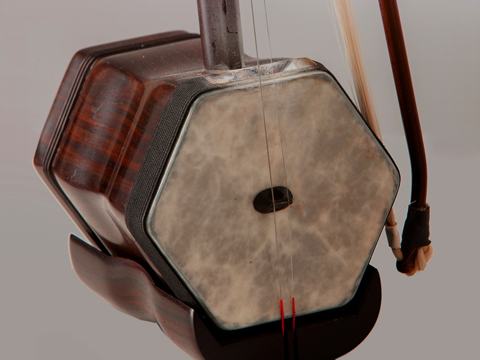
Instrument R&D
Eco-Huqins Chinese Instruments Standard Orchestra Instrument Range Chart and Page Format of the Full Score Configuration of the Orchestra
44th Orchestral Season
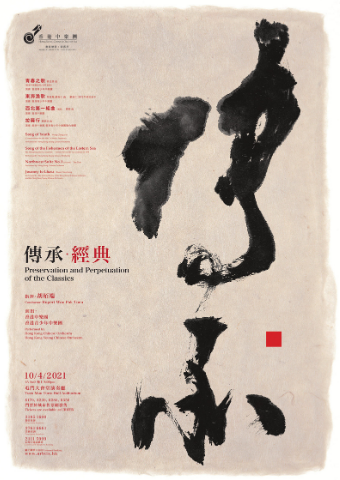
Preservation and Perpetuation of the Classics
Hong Kong Chinese Orchestra
Song of Youth Wong Ching-yin (Commissioned by the HKCO / World Premiere)
The first movement: In Search of the Unknown
The second movement: Let Your Dreams Bloom
The third movement: Be Dauntless in Adversity
Performed by: Hong Kong Young Chinese Orchestra
Song of the Fishermen of the Eastern Sea Ma Shenglong and Gu Guanren (Version Revised by Gu Guanren in 1978)
Performed by: Hong Kong Young Chinese OrchestraNorthwest Suite No. 1 (Excerpts) Tan Dun
The first section: God in Heaven Grants Us Sweet Rain
The second section: Rousing Games in the Bridal Chamber
The fourth section: Stone-slab Waist Drums
Performed by: Hong Kong Chinese Orchestra
Journey to Lhasa Kuan Nai-chung
Performed by: The joint orchestra of the Hong Kong Chinese Orchestra and the Hong Kong Young Chinese Orchestra
Onerous Tasks to Preserve a Tradition and Create Classics
Chow Fan-fu
The HKCO concert titled ‘Preservation and Perpetuation of the Classics’ features two orchestras: the Hong Kong Young Chinese Orchestra performing in the first half, to be joined by its parent the Hong Kong Chinese Orchestra for the second. This arrangement points clearly to the message of preservation, with the four pieces on the programme being also imbued with the same. It is true that preservation has always been an onerous task, and for a piece to become a classic is an even greater challenge.
To achieve preservation of an artistic tradition, it takes not only good teachers and mentors but also younger generations that possess an ardent sense of artistic pursuit, for which perseverance and continued concentration are more important than an inborn musical disposition. This kind of will and mindset are becoming all the rarer in this “colourful” age of cyber networks where interference from digital information is relentless. The training of an orchestra involves very much honing the skills of precision and collaboration. In this new age which emphasizes free expression, the importance of such training should not be limited to music but should apply to life, which is also a feat difficult to accomplish.
It is probably the wish of every composer to have a work that would become a classic, but whether it can materialize is not a matter of its musical quality and distinction, but rather a factor of changes in aesthetic trends, the ethos and social situations of the times, which have little to do with music per se. That is why it has been said that “only time will tell”. The pedestal of a musical classic remains unreachable for many.
Approachable music
Of the four pieces in this concert, it is indisputable that Song of the Fishermen of the Eastern Sea written by Ma Shenglong and Gu Guanren more than 60 years ago has long been hailed as a classic. The jury is still out on whether Northwest Suite No. 1, written by Tan Dun for the premiere of the dance drama The Yellow Earth in 1986, and Journey to Lhasa by Kuan Nai-chung, can be deemed classics. But after more than thirty years since their premieres, they have stood the test of time and are considered by many as classics. As to Song of Youth by young Hong Kong composer Wong Ching-yin, a new work commissioned by the HKCO to be premiered in this concert, it is difficult to predict whether it will become a classic in the future. Yet, irrespective of whether they are classics, the four works which represent different generations of composers are testament to the diverse achievements in the preservation of Chinese music composition.
These achievements have emanated from different periods in time and geographical locations, as well as different artistic concepts and approaches, but one thing they have in common is all have adopted a structure with multiple movements with distinct themes. With textual explanations provided by the composers, the audience is guided in their appreciation to grasp the content of the pieces with ease. What is more, the four pieces display distinct respective characteristics: Song of the Fishermen of the Eastern Sea features Zhejiang folk percussion music (Zhejiang gongs-and-drums); Northwest Suite No.1 adopts the strident, soulful yet forthright style of people of northwestern China; Journey to Lhasa is imbued with an esoteric, mysterious and supernatural atmosphere; while Song of Youth showcases the young and energetic music of a modern metropolis which fuses Eastern and Western cultures. They resemble four distinctly different pictures which facilitate the audience’s resonance with them in different ways.
In reflection, the fact that the two orchestras will share the same stage reminds one of an important training approach: by programming as such, it would stimulate the two parties to invigorate each other in a subtly competitive mode. (The audience’s applause is another factor of stimulation). At the same time, apart from rating the orchestras’ performance in their preservation “effectiveness”, the audience can also play the role of “time” in their “classics” rating of the four works born of different eras. “Time” will tell whether the audience’s prediction will stand.
Your Support
Friends of HKCO
Copyright © 2024 HKCO
